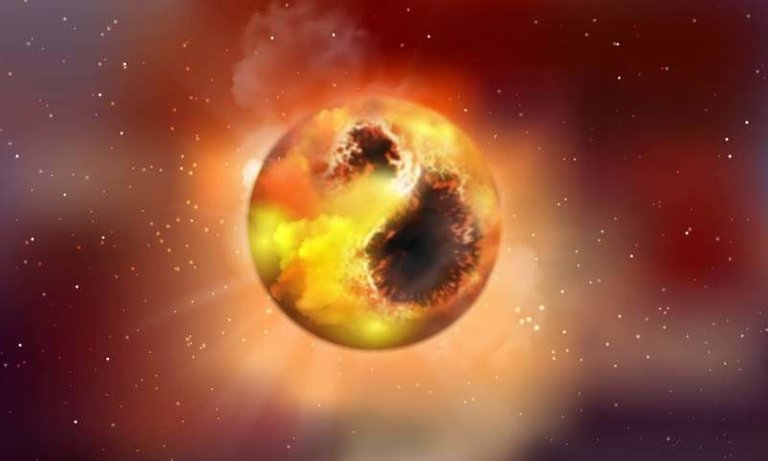
Sometime around the second half of the 11th century, early astronomers recorded a celestial event that was so bright it was even visible during the daytime. Scientists discovered it as the SN 1054 supernova and they believed it lasted for 2 years. The debris of the supernova can still be seen today and it's now known as the Crab Nebula:

I've been staring at the Orion Constellation since I was a child and I've noticed Betelgeuse's unusually faint glow last year. I was so curious about this so I started thinking, "has anyone noticed this?". Sure enough, my suspicion was correct and scientists did indeed notice it dimming around October of 2019 and gradually lost its brightness up to February of 2020. I got a bit excited when astronomers started to talk about this phenomenon. Betelgeuse is the tenth-largest star in the night sky and it's categorized as a red supergiant. These types of stars are known to be the ones that go supernova at the end of their lifetime.
According to NASA:
Massive stars burn huge amounts of nuclear fuel at their cores or centers. This produces tons of energy, so the center gets very hot. Heat generates pressure, and the pressure created by a star’s nuclear burning also keeps that star from collapsing.
When a massive star runs out of fuel, it cools off. This causes the pressure to drop. Gravity wins out, and the star suddenly collapses
I started following this news to keep me updated about the situation. As much as I would like the science guys and gals say "Yup, Betelgeuse is going supernova!" or "Proof of alien life, Dyson Sphere surrounding Betelgeuse", I know they don't like to jump to "sound-bighty" conclusion right away. It's never aliens! Instead, they meticulously observed the star with various telescopes and instruments. Astronomers started to speculate that the dimming is caused by dust created by the star.
According to space.com:
It's likely that Betelgeuse "sloughed off some material from its outer layers,"
This is not an uncommon "behavior" for red supergiants like Betelgeuse and would explain the dimming astronomers have observed, the team said bb
To test this theory, astronomers used the James Clerk Maxwell Telescope (JCMT) in Hawaii to observe the star. This telescope measures the microwave radiation of the star in a specific wavelength which is good for observing through cosmic dust. What they found is that Betelgeuse was 20% darker even at this wavelength. This observation doesn't match the dust theory.
In an article by bbc.com that was just released on June 29, 2020, scientist concluded that the dimming was caused by cool areas of the star similar to our own Sun's sunspots. According to the article:
"Corresponding high-resolution images of Betelgeuse from December 2019 show areas of varying brightness. Together with our result, this is a clear indication of huge starspots covering between 50% and 70% of the visible surface and having a lower temperature than the brighter photosphere"
You could just imagine how big that starspot is to cause such massive dimming of the star! To give you a perspective of how huge it is, if you replaced our sun with Betelgeuse at the center of our solar system, its radius would reach up to the orbit of Jupiter!
So the explanation is not a supernova nor an alien megastructure. A Colossal starspot is less exciting but this is the best answer since the star is now back to its usual brightness. I'm a bit disappointed that I won't be able to see what the 11th-century astronomers observed long ago. Then again, I'm glad than my favorite constellation Orion will still have his shoulders and will remain intact until the foreseeable future.
Thank you for reading and if you guys enjoyed it please hit the upvote and follow.
You can follow me on Twitter and Instagram
CTTO of the Photos in this post
Follow post on Twitter
Congratulations @schneidy! You have completed the following achievement on the Hive blockchain and have been rewarded with new badge(s) :
You can view your badges on your board And compare to others on the Ranking
If you no longer want to receive notifications, reply to this comment with the word
STOP